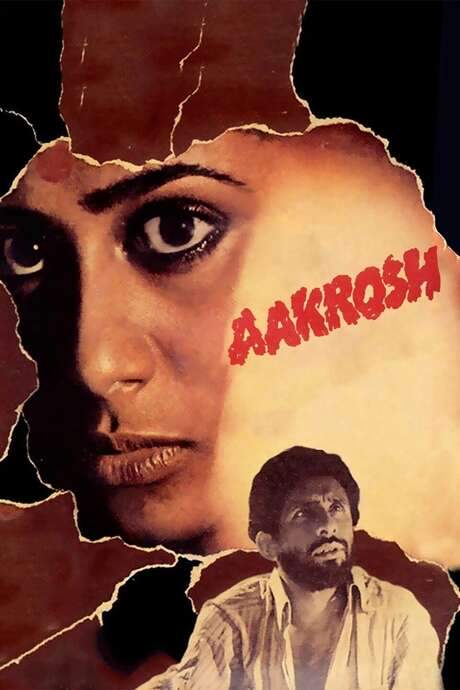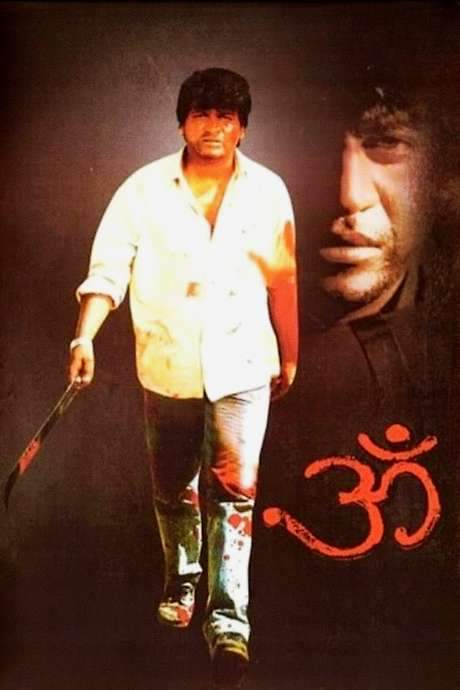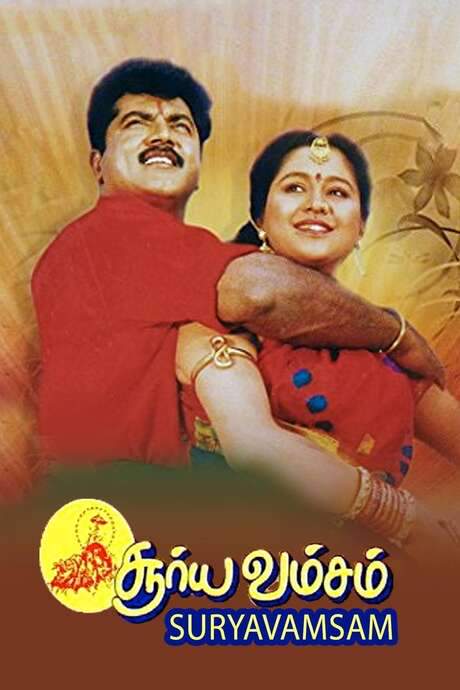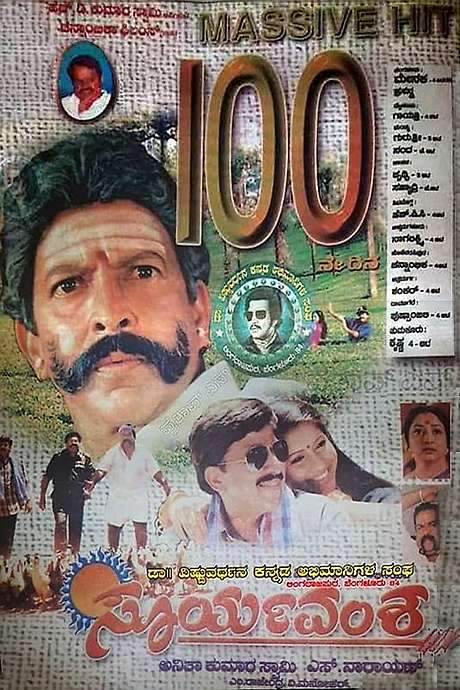
Satyakam
Year: 1969
Runtime: 175 mins
Language: Hindi
Director: Hrishikesh Mukherjee
Set during British rule in India, Satyapriya Archarya lives a modest yet noble existence with his grandfather, Satyasharan. Orphaned early—his mother died when he was very young and his father became a celibate, left on a pilgrimage and never returned—he studies engineering and cultivates a close friendship with a fellow student, embodying humility and integrity.
Warning: spoilers below!
Haven’t seen Satyakam yet? This summary contains major spoilers. Bookmark the page, watch the movie, and come back for the full breakdown. If you're ready, scroll on and relive the story!
Satyakam (1969) – Full Plot Summary & Ending Explained
Read the complete plot breakdown of Satyakam (1969), including all key story events, major twists, and the ending explained in detail. Discover what really happened—and what it all means.
Satyapriya Acharya Dharmendra is a man of principles and truth, his life shaped by his ascetic grandfather, Satyasharan “Dadji” Acharya Ashok Kumar. An engineer by training, he sets out to help build a new India, yet soon meets people who challenge the rigidity of his ideals.
During his first assignment, he encounters Ranjana, Sharmila Tagore, a woman who is about to be preyed upon by a morally corrupt prince in the employ of those who should protect her. Fully aware that Ranjana loves him, Satyapriya hesitates to intervene and lets her become the prince’s target, a moment that deeply unsettles him and shakes the moral foundation he has long trusted.
To atone for this lapse, he marries Ranjana, and they begin a life that is as hopeful as it is fraught. They welcome a child, but the paternity of the infant is never clearly established, leaving underlying tensions to linger. As time passes, Satyapriya moves from one job to another, unwilling to make dishonest compromises, while their marriage endures its own quiet set of trials. Ranjana dreams of a normal life, and she longs for a measure of peace that seems forever out of reach, even as Satyapriya grows ever more rigid in his application of his ideals.
Professional and emotional strains pile up, and Satyapriya’s strength falters when he is struck by an incurable illness. Hospitalized and suddenly unable to speak, he faces a final moral test: an unscrupulous contractor pressures him to grant approval for a badly executed civil project. In exchange, a substantial sum would be directed toward Ranjana and their child after his death. Cornered and with limited means, Satyapriya signs the papers and hands them to his wife.
Ranjana tears up the documents and, in a moment that illuminates the film’s core conflict, she finds him smiling at her—an uneasy signal that, even at the end, he clings to a vision greater than himself. The couple’s bond is tempered but not broken by this act of apparent compromise, and it becomes clear that Satyapriya’s inner transformation—however imperfect—has touched at least one person’s heart.
News of his condition reaches his grandfather, the wise and stern Satyasharan. He had earlier rejected the idea of his grandson marrying a woman from what he considered an unsuitable background, but he returns to offer words of philosophical steadiness. He speaks of impermanence, the larger divine truth, and the moral strength needed to face death. The film then shifts to a painful revelation: the child publicly reveals that the grandfather’s decision not to perform the last rites was connected to questions of paternity, forcing a brutal confrontation with truth and prejudice.
The grandfather is humbled, admitting that even a lifetime spent in study and ritual cannot guard one from the flaws of pride. He drinks water handed to him by his own grandson’s child and lets go of his entrenched prejudices. In the final arc, he prepares to depart for home, this time accompanied by Ranjana and their child, leaving behind a legacy that suggests truth, humility, and love can outlast even the most rigid codes.
In the end, the story remains a measured meditation on duty, sacrifice, and the uneasy reconciliation between unwavering ideals and the messy reality of human life. It asks whether a life spent in truth can truly survive the compromises of a troubled age, and whether forgiveness and acceptance can brighten the darkest chapters of a family’s history.
Last Updated: October 09, 2025 at 09:26
Unlock the Full Story of Satyakam
Don't stop at just watching — explore Satyakam in full detail. From the complete plot summary and scene-by-scene timeline to character breakdowns, thematic analysis, and a deep dive into the ending — every page helps you truly understand what Satyakam is all about. Plus, discover what's next after the movie.
Satyakam Timeline
Track the full timeline of Satyakam with every major event arranged chronologically. Perfect for decoding non-linear storytelling, flashbacks, or parallel narratives with a clear scene-by-scene breakdown.

Similar Movies to Satyakam
Discover movies like Satyakam that share similar genres, themes, and storytelling elements. Whether you’re drawn to the atmosphere, character arcs, or plot structure, these curated recommendations will help you explore more films you’ll love.
Explore More About Movie Satyakam
Satyakam (1969) Scene-by-Scene Movie Timeline
Satyakam (1969) Movie Characters, Themes & Settings
Satyakam (1969) Spoiler-Free Summary & Key Flow
Movies Like Satyakam – Similar Titles You’ll Enjoy
Vamsodharakudu (2000) Spoiler-Packed Plot Recap
Aakrosh (1980) Story Summary & Characters
Sathya (1988) Spoiler-Packed Plot Recap
Satyamev Jayate (1987) Movie Recap & Themes
Ardh Satya (1983) Full Summary & Key Details
Om (1995) Ending Explained & Film Insights
Sadayam (1992) Ending Explained & Film Insights
Suryavamsam (1997) Spoiler-Packed Plot Recap
Sooryavansham (1999) Full Movie Breakdown
Samskara (1970) Full Summary & Key Details
Satyaprem Ki Katha (2023) Full Summary & Key Details
Indian (1996) Plot Summary & Ending Explained
Satyabhama (2024) Ending Explained & Film Insights
Upkar (1967) Film Overview & Timeline
Suryavamsha (1999) Ending Explained & Film Insights

















